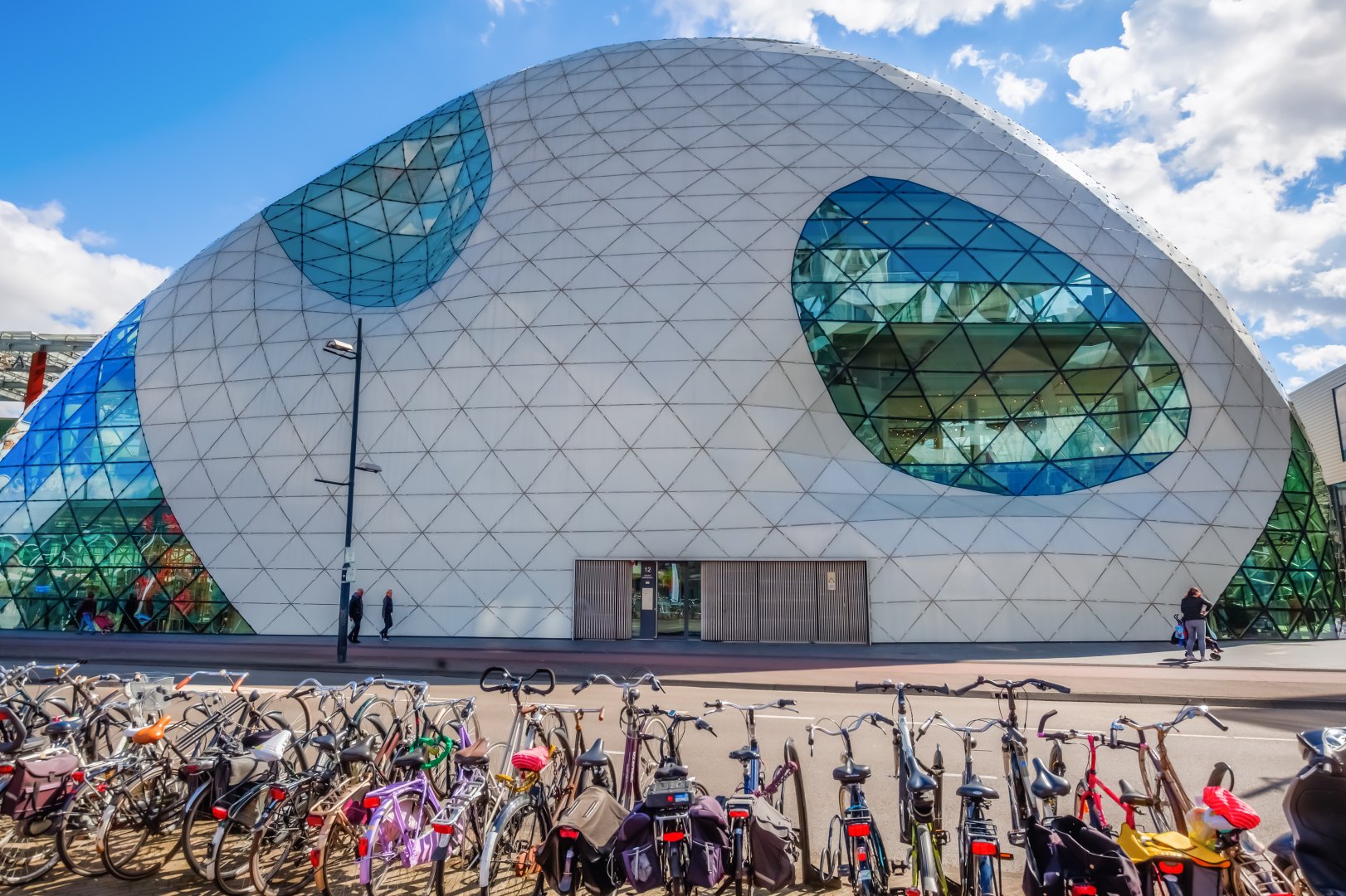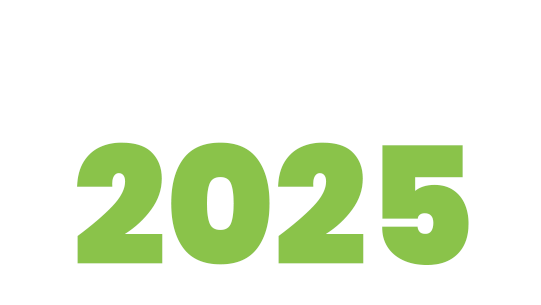
MS002 - Design Space Exploration, Optimization, and Uncertainty Quantification
Keywords: geometry representation, shape optimization, topology optimization, uncertainty quantification
Over the past several years, significant advances in isogeometric analysis (IGA) have progressively bridged the longstanding gap between computer-aided design (CAD) systems and finite element analysis (FEA) software. This convergence has led to a more seamless integration of design and analysis processes, offering unique advantages in the realm of design optimization. By utilizing IGA, designers and engineers can directly incorporate the precise geometry provided by CAD into their simulations, enhancing the accuracy and efficiency of various optimization tasks, such as size, shape, and topology optimization, as well as addressing broader inverse problems.
Despite these advancements, the adoption of IGA-based design optimization is not without its challenges. The complexity of maintaining smooth and accurate geometric representations throughout the optimization process, especially when dealing with intricate design changes or high levels of uncertainty, presents a distinct set of hurdles. Additionally, the computational demands associated with integrating IGA into existing workflows require further refinement to make this approach more accessible and practical for a wider range of applications.
The objective of this mini-symposium is to convene leading experts from diverse fields, including computer-aided geometric design, numerical analysis, design optimization, and stochastic modeling, to explore both the challenges and the burgeoning opportunities associated with leveraging IGA for design optimization. The discussions will focus on the potential of IGA to revolutionize optimization processes, particularly in scenarios involving uncertainties, and will aim to foster collaborative efforts that can drive future innovations in this interdisciplinary field.

